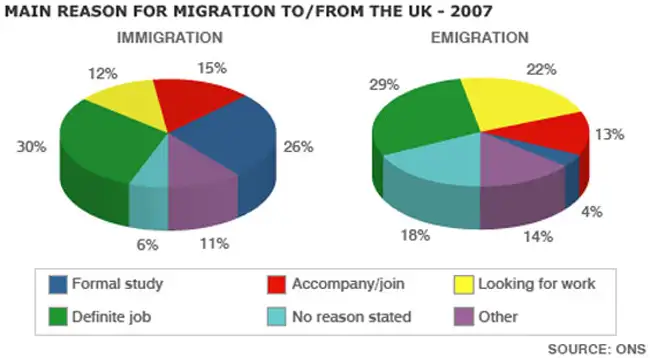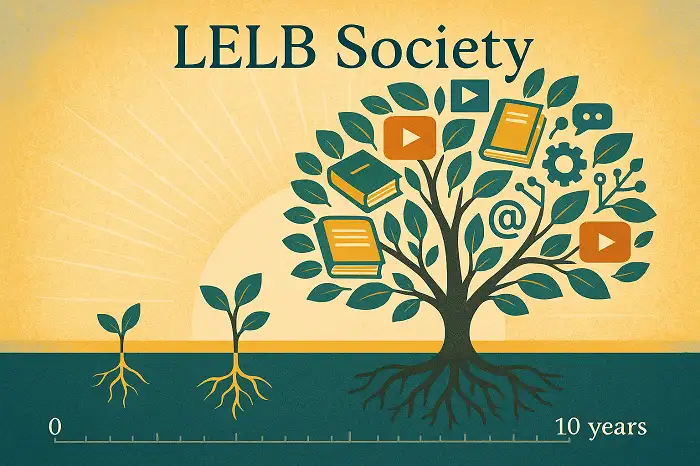IELTS Writing Task 1 on migration reasons to / from the UK based on a pie chart submitted to us by one of our students. Join our students and send us your IELTS essays and reports for complete analysis. Video of IELTS Writing Task 1 on migration reasons https://www.youtube.com/watch?v=OvcINBA1jdo Write a report on migration reasons in the UK The pie chart above shows the main migration reasons to and from the United Kingdom in 2007. Summarise the information by selecting and reporting the main features and make comparisons where relevant. Source of visual data: IELTS Buddy IELTS Writing Task 1 ...
Home » IELTS Essay Writing Practice » IELTS Writing Task 1 on Migration Reasons on a Pie Chart

IELTS Writing Task 1 on Migration Reasons on a Pie Chart
Updated: by Armaghan Houshmand
Time to Read: 4 minutes | 540 Views | 2 Comments on IELTS Writing Task 1 on Migration Reasons on a Pie Chart
Share This Post
About the Author
Armaghan Houshmand is an enthusiastic twenty-year-old student who is passionate about art, music, cinema, languages and literature. She can speak Persian and English fluently. She is currently working on her writing skills and her French and German.
Number of Posts: 26



This pie chart demonstrates the main migration and emigration reasons in the United Kingdom in 2007. The main reasons are formal study, definite job, accompany and join, looking for work and so on.
In the year 2007, 30% of people came and immigrated to the UK for a definite job. The second highest was for getting formal studies, which was 26 percent. Moving further, 15% of people wanted to join and accompany their families. Furthermore, 12% of them were looking for work. 11% of them had other reasons and 6% for no reason stated.
In contrast, the reason for emigration to the UK because of a definite job is 29%. The second level is looking for work with 22%, and 18% were not stated. 14% of people had other reasons from the reasons that were mentioned. In addition, 13 % wanted to join their families. Ultimately, 4% emigrated for formal studies. This was 26% for immigration reasons. We can assume from this that people worldwide considered the UK as a relevant and authentic country to get a formal study back in 2007.
Time spent on writing: 20 minutes.
Thank you for sending your IELTS report to us for assessment.